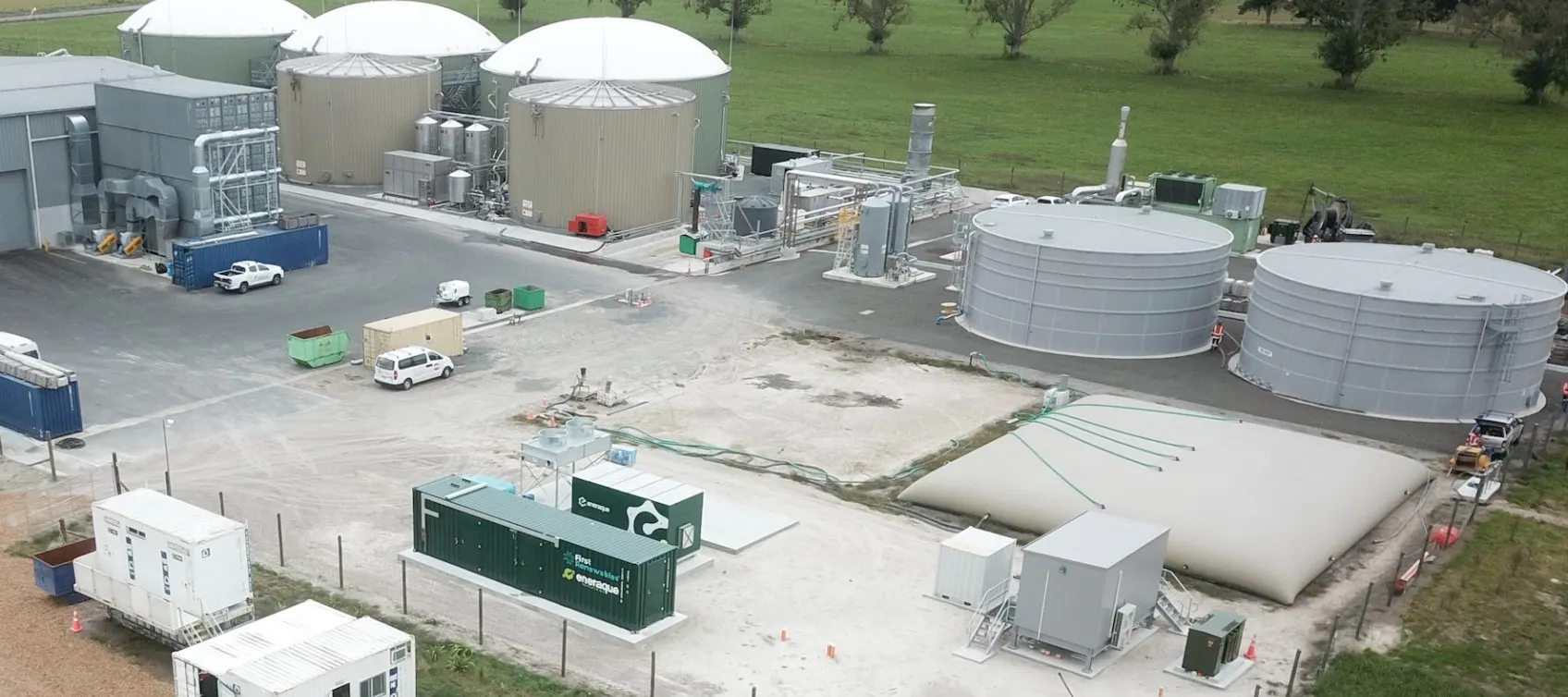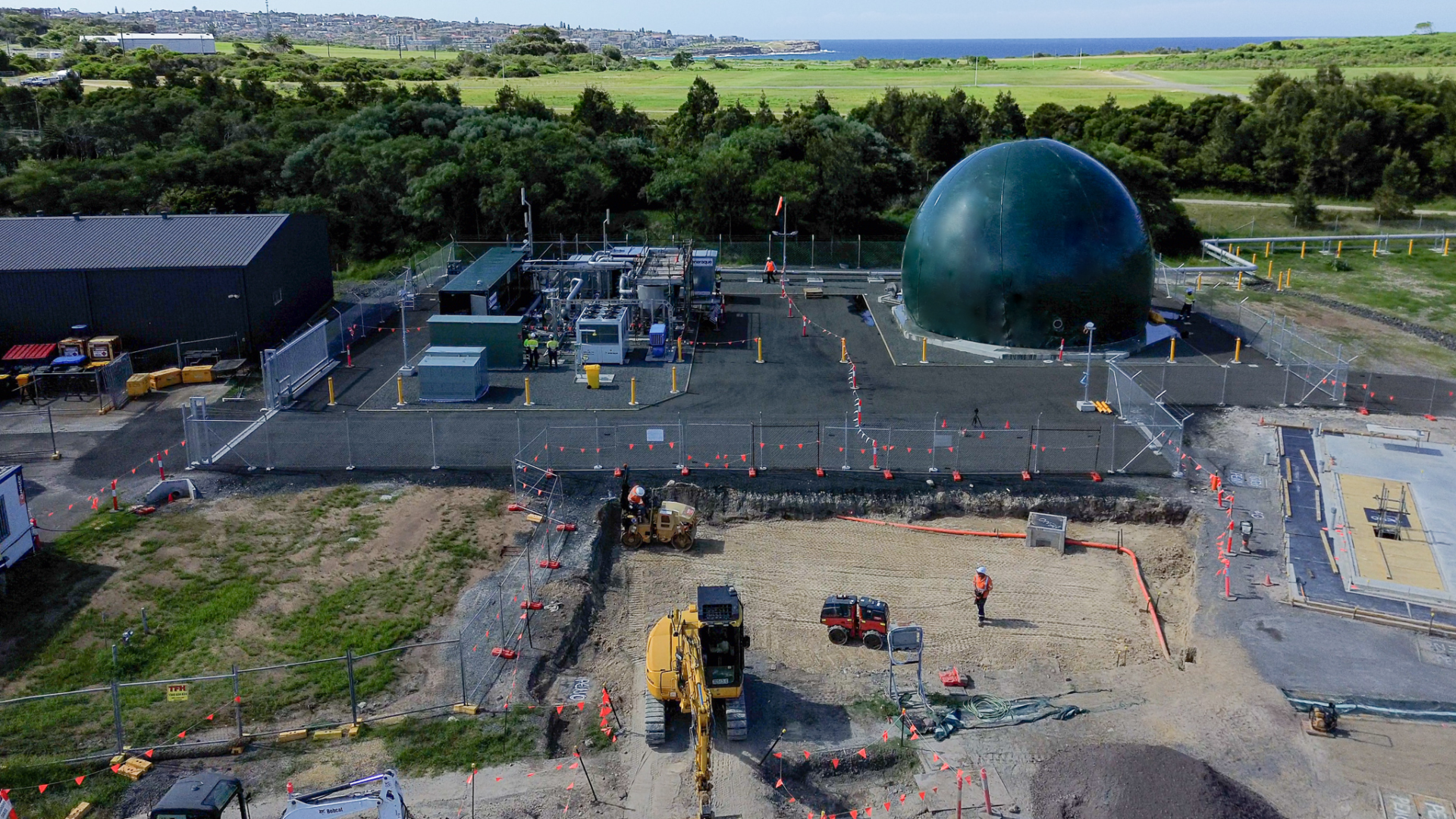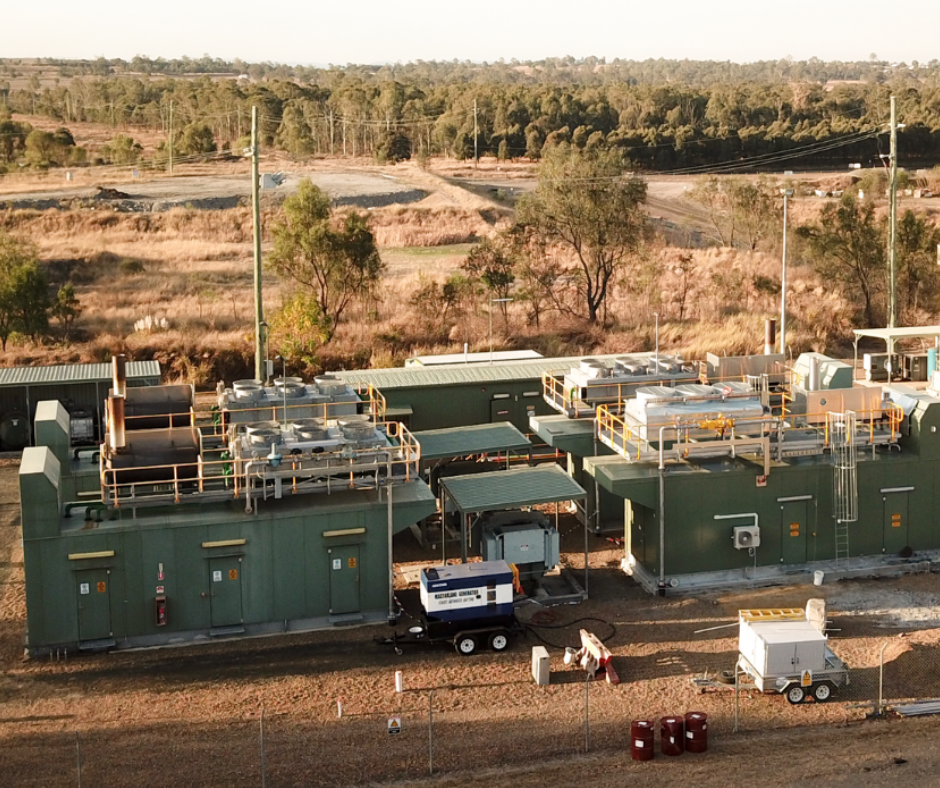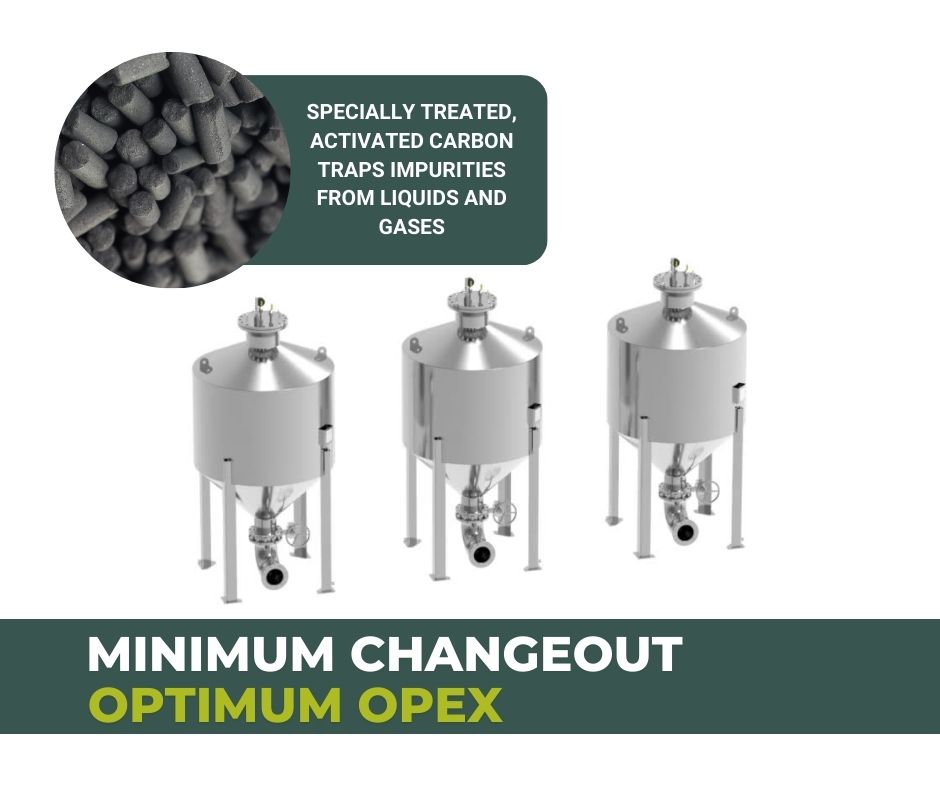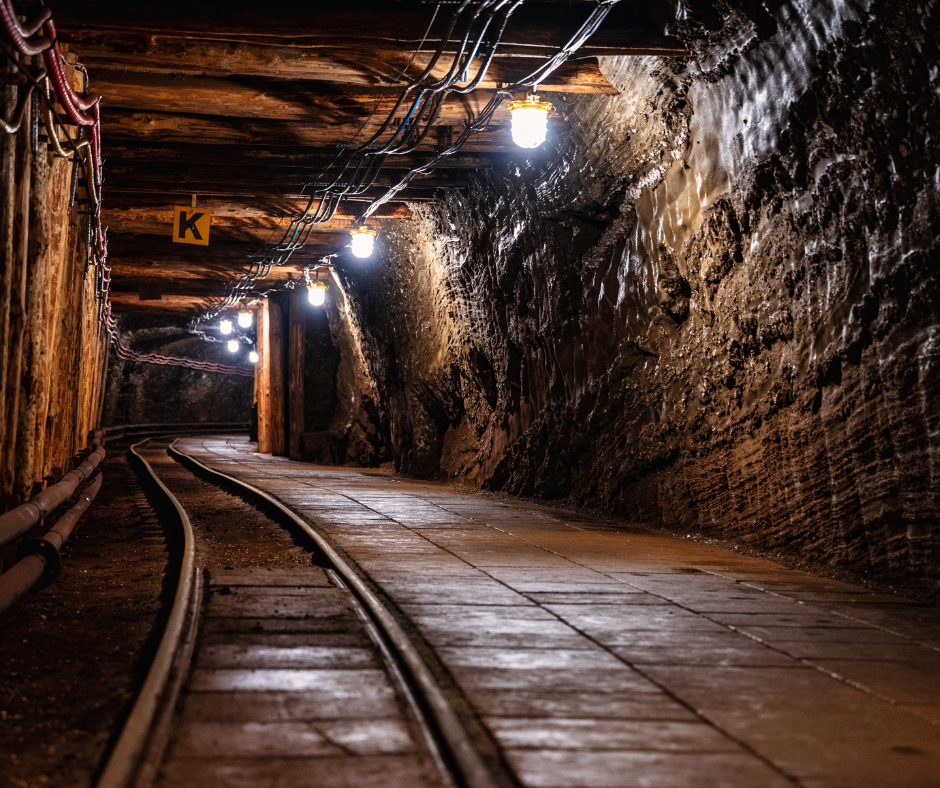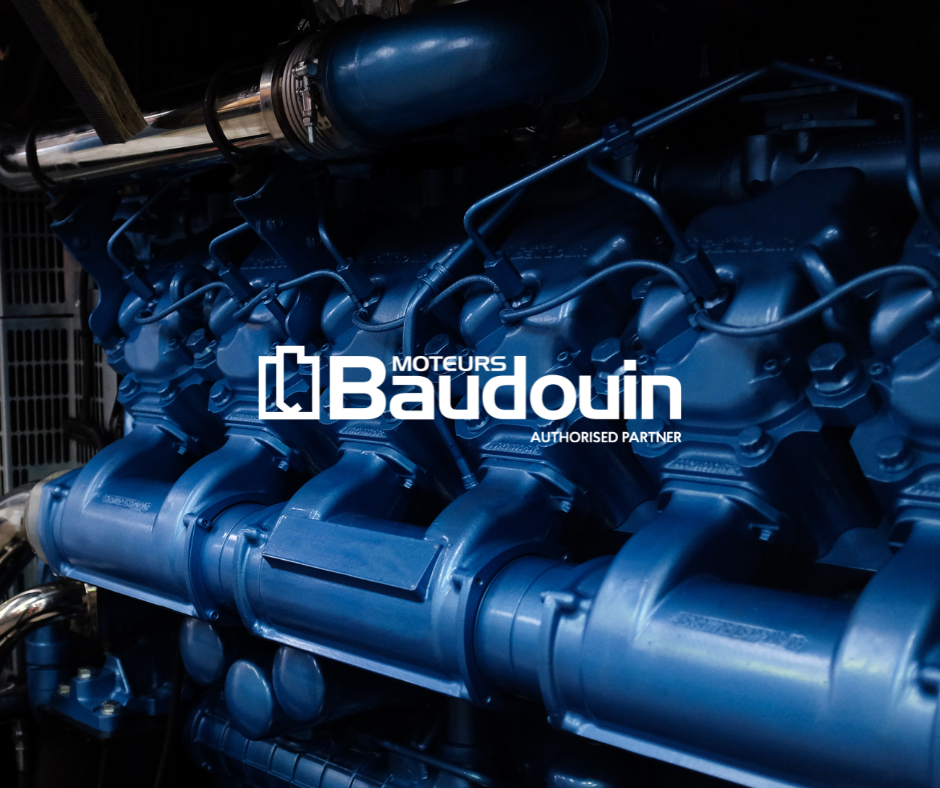As businesses seek to shore up and take control of their energy supply, biogas remains a top player in future-energy. But just how do we go from waste to energy, what are the benefits, and is it an option for your operation?
What is biogas?
Biogas is a renewable energy source produced from organic matter (for example agricultural waste or food matter) and is a mix of gases represented by 50-70% methane (CH4), 30-50% Carbon Dioxide (CO2) and 0.1% to 3% (1,000 to 30,000 ppm) Hydrogen Sulfide (H2S). When the H2S is removed biogas can be used for power and heat production or upgraded to natural gas quality (Biomethane).
Why biogas?
Biogas has a number of agricultural, environmental and economic benefits that are driving the uptake of biogas plants in Australia & New Zealand. New biogas plant development is predicted to put Australia’s potential biogas production on par with one of the world’s largest biogas producers, Germany.
As energy costs skyrocket, control over a decentralised energy source not only offers financial benefits for the end user, but also protects the operation from inconsistent or inaccessible supply.
A few key benefits of a biogas supply:
- Reducing odours from abattoirs or rendering plants
- Generating electricity for landfill sites, rendering plants and wastewater treatment plants.
- Methane capture and carbon offsets
- Selling excess energy as a passive revenue stream
- Carbon Pricing Mechanism (CPM)
- Fertiliser production
What is the process?
The process of biological gas scrubbing is far more cost-effective and environmentally friendly than more traditional chemical scrubbing methods. For these reasons, Eneraque – an end-to-end Australian power generation and renewable energy solutions designer, manufacturer and operator advises their clients to use conscious, natural process biological gas scrubbing offers.
Eneraque, who have offered waste-to-energy power generation solutions for nearly 40 years, have produced a number of cutting-edge commercial waste-to-energy projects which boast world-class results and have helped shape the Australian market. This includes an Australian-first at Sydney Water’s Malabar Biomethane Project.
Their state of the art technology is leading the future of Australasian biogas.
For Eneraque, the process begins with breaking down the organic waste through anaerobic digestion. This process reduces the (coarse) solids content of the waste (typically by 50-80%) which simplifies and reduces the costs of handling the digestate. The byproduct of anaerobic digestion is biogas.
Biogas Scrubbing begins with the capture of biogas as a result of anaerobic digestion. Hydrogen Sulfide (H2S) is then removed by injecting atmospheric air into the scrubber tank, which allows bacteria to naturally oxidise the compound to sulfate and elemental sulfur.
From there the biogas passes through an Eneraque-designed dehumidifier to remove any moisture, resulting in the production of a clean-burning, quality gas. Further treatment of the biogas through the removal of Carbon Dioxide can facilitate the production of a pipeline quality gas called Biomethane.
What is the result?
Biomethane is a versatile gas that can be used as a fuel or heating as well as being pure enough to send back into the grid via pipeline, when it is produced in excess of the closed system’s consumption requirements.
As more industries look to biogas solutions to power their projects, and more providers enter the market, it’s critical to consider that not all of them are created equal.
When assessing a partner, Eneraque recommends that there are an array of benefits of using an experienced waste-to-energy engineering service that can not only design but build, install and maintain your biogas project.
Case Study:
In one of Eneraque’s most recent biogas projects on a major NSW Dairy Farm, the results from the first major service were noteworthy. A brief summary:
- Eneraque was tasked to provide a turnkey system to take the biogas from digesters and provide electricity to parallel with the grid and recover the waste heat from the generator plant to heat the digestor.
- Extremely satisfied customer
- First service; excellent results
| Run Time | Oil Change | Spark Plugs | |
| Generator 1 | 4040 Hours | Yes | Clean & Reuse |
| Generator 2 | 3843 Hours | Yes | Clean & Reuse |
This project used a process of turning organic matter (biomass) that would have otherwise been wasted, into energy. This is accomplished by converting organic waste (Which would otherwise have been disposed of) into useable, clean, valuable renewable energy.
This was achieved through the use of the biogas biological scrubbing system, supplied, engineered and installed in Australia by Eneraque. These biogas scrubbers emit biogas that is captured and cleaned (scrubbed) to remove impurities.
For Eneraque, who has built a reputation for providing industry-first, state of the art technology, the results speak for themselves.
See the Design Data and Actual Gas Treatment results breakdown below:
Design Data:
| Max. H2S | Level |
| Raw Biogas | 4,000ppm |
| Clean Biogas | 150ppm |
Actual Data:
| Max. H2S | Quantity |
| Raw Biogas | 2,840ppm |
| Clean Biogas | 7-10ppm |
Find out more about our waste-to-energy solutions and results by talking to a team member. Eneraque specialise in delivering tailored solutions backed by an unbeatable experience.
For comprehensive biogas and waste-to-energy services, contact our friendly team of Waste Gas to Energy Specialists today.
Our Projects.
More than 40 years of Waste to Energy experience underpins our pioneering work in the Renewables industry. This includes being the equipment provider for Australia and New Zealand’s first biogas to grid projects.
